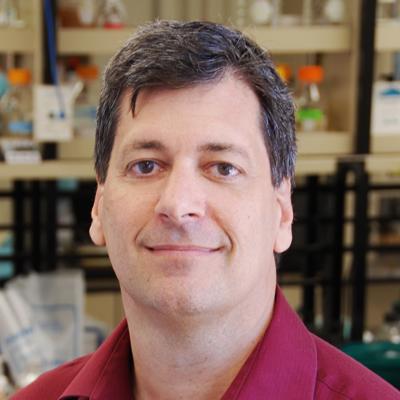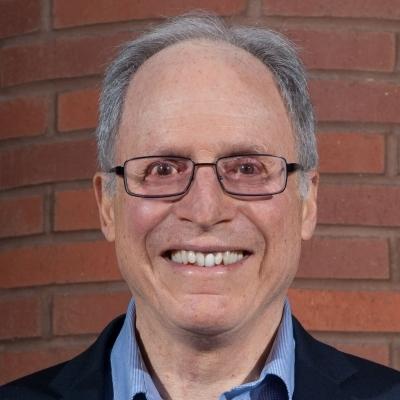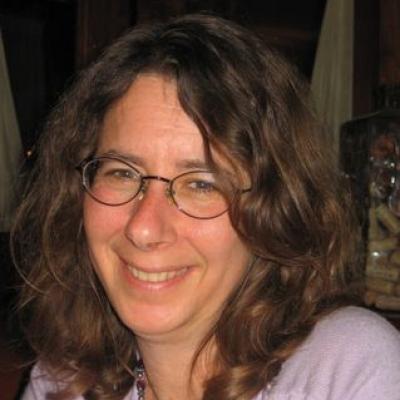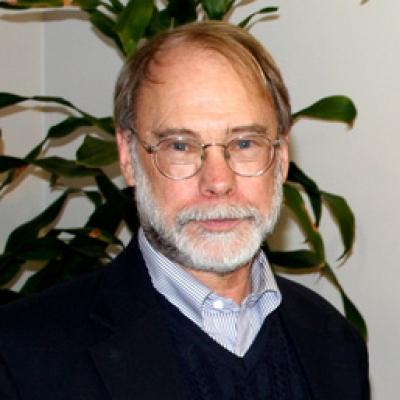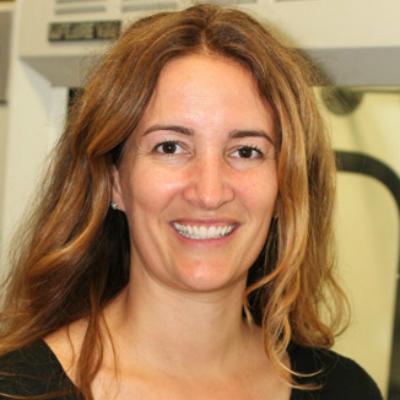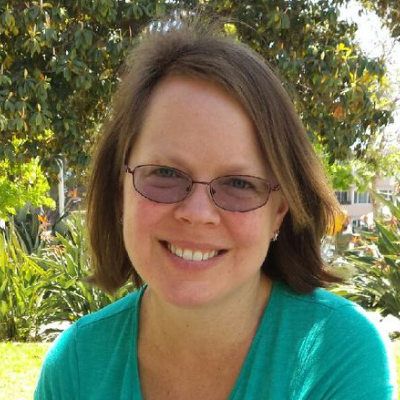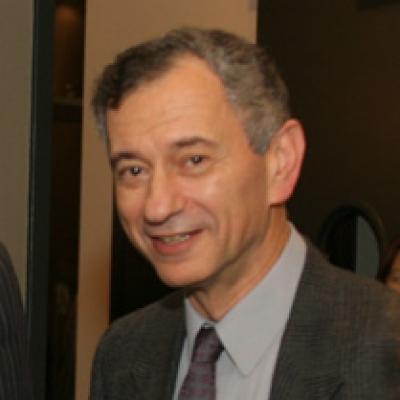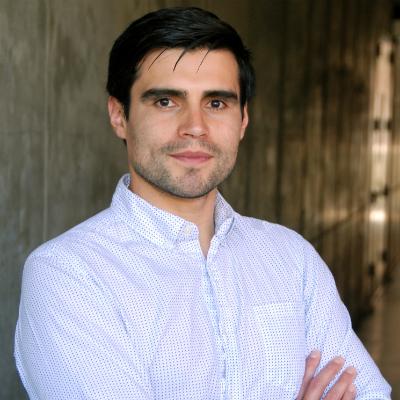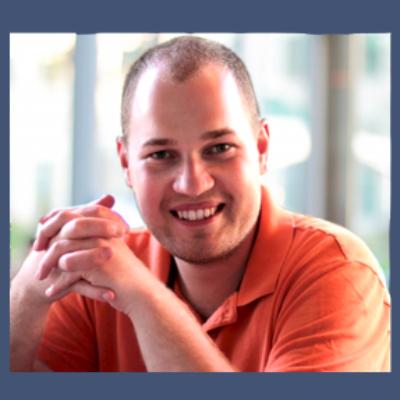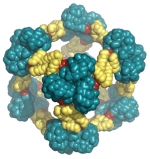
Structural and Computational Biology. Several of our research groups are using X-ray crystallography, cryo-EM, NMR, EPR, and other biophysical techniques to reveal the functions and cellular mechanisms of diverse proteins, nucleic acids, macromolecular assemblies, and disease-related molecules. Studies aimed at elucidating biological phenomena are supported by technical developments aimed at advancing the current limits of structural biology methods. Our structurally-oriented research programs are strongly complimented by diverse studies in computational and synthetic biology. These range from algorithmic developments in the areas of bioinformatics and genomics to macromolecular structure prediction and design.


